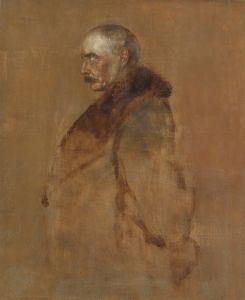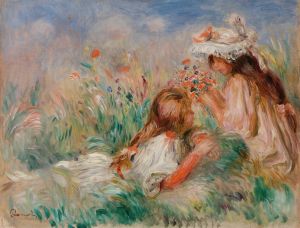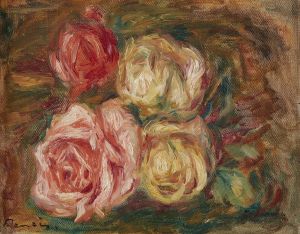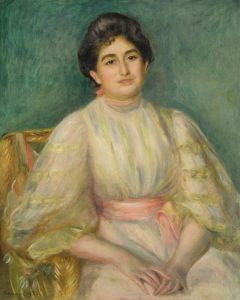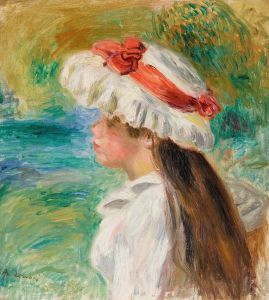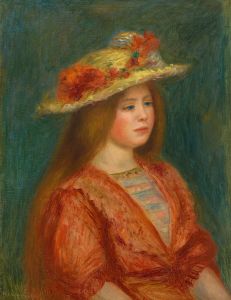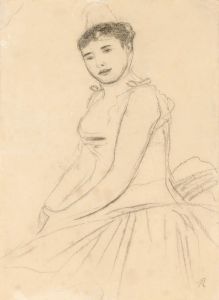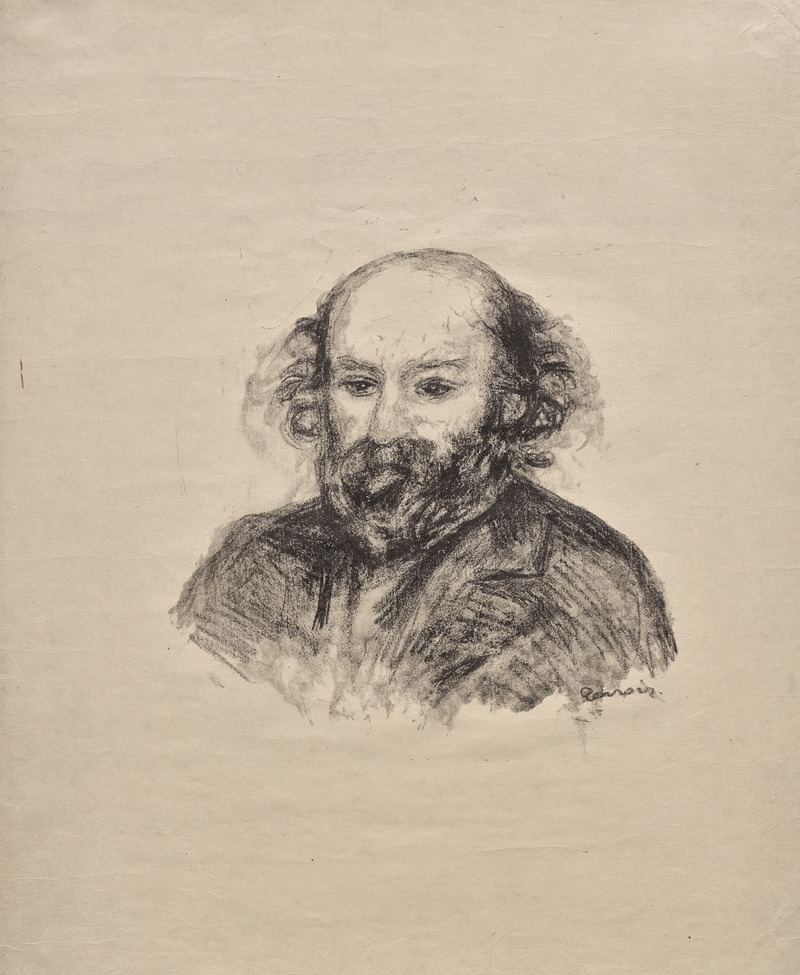
Paul Cézanne
A hand-painted replica of Pierre-Auguste Renoir’s masterpiece Paul Cézanne, meticulously crafted by professional artists to capture the true essence of the original. Each piece is created with museum-quality canvas and rare mineral pigments, carefully painted by experienced artists with delicate brushstrokes and rich, layered colors to perfectly recreate the texture of the original artwork. Unlike machine-printed reproductions, this hand-painted version brings the painting to life, infused with the artist’s emotions and skill in every stroke. Whether for personal collection or home decoration, it instantly elevates the artistic atmosphere of any space.
Pierre-Auguste Renoir, a leading figure in the Impressionist movement, is renowned for his vibrant light and saturated color, often focusing on people in intimate and candid compositions. Among his diverse body of work, Renoir painted a portrait of his contemporary and fellow artist, Paul Cézanne. This portrait is a significant piece as it captures the likeness of Cézanne, who himself was a pivotal figure in the transition from 19th-century Impressionism to 20th-century Cubism.
The portrait "Paul Cézanne" by Pierre-Auguste Renoir was created around 1880. During this period, Renoir was exploring new techniques and styles, moving slightly away from the pure Impressionist approach. This painting is a testament to the mutual respect and complex relationship between the two artists, who were both part of the Impressionist circle in Paris but had distinct artistic visions.
Renoir's portrayal of Cézanne is characterized by his typical use of soft brushstrokes and a warm palette, which contrasts with Cézanne's more structured and methodical approach to painting. The portrait is notable for its intimate and personal nature, reflecting Renoir's ability to capture the essence and personality of his subjects. Despite their differences, both artists shared a commitment to exploring new ways of seeing and representing the world, which is subtly reflected in this portrait.
The painting is executed with a focus on the face of Cézanne, capturing his intense gaze and thoughtful expression. Renoir's technique involves a delicate interplay of light and shadow, which adds depth and dimension to the portrait. The background is kept relatively simple, ensuring that the viewer's attention remains on Cézanne's face, emphasizing his importance as a subject.
This portrait is not only a representation of Cézanne but also serves as a historical document of the friendship and artistic dialogue between two of the most influential artists of their time. It provides insight into the Impressionist movement and the individual personalities that contributed to its development. The painting is housed in the Musée d'Orsay in Paris, where it is part of a larger collection of works from the Impressionist era.
Renoir's "Paul Cézanne" remains a significant piece within his oeuvre, illustrating his skill as a portraitist and his ability to convey the character and spirit of his subjects. It stands as a testament to the interconnectedness of the Impressionist artists and their shared yet distinct contributions to the art world.






